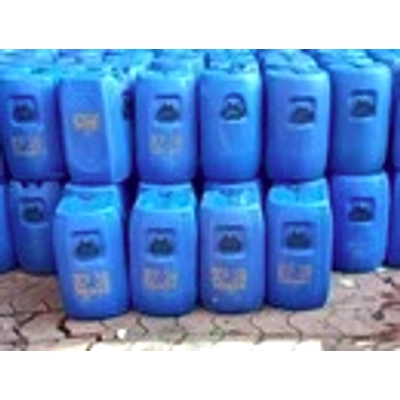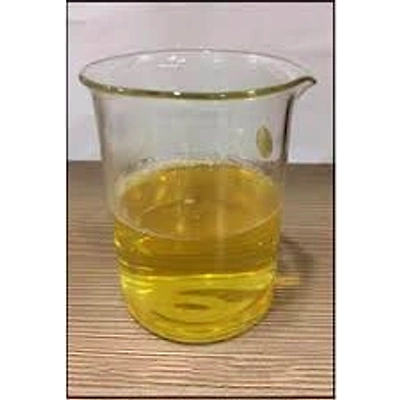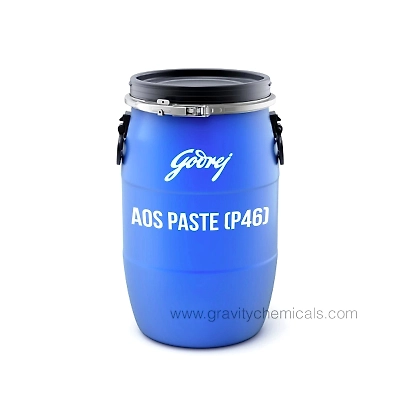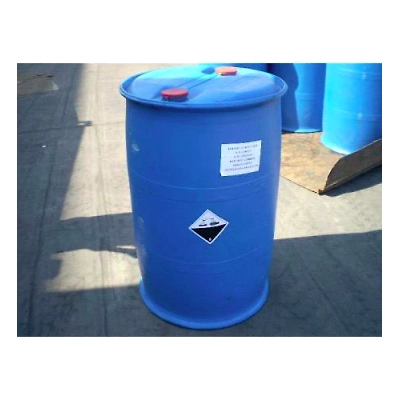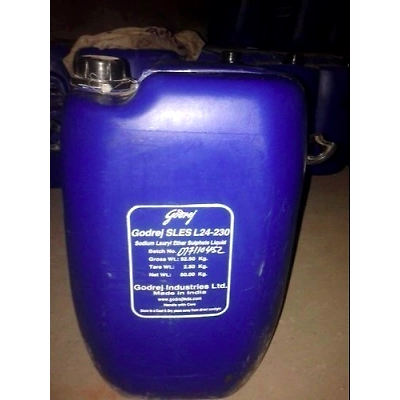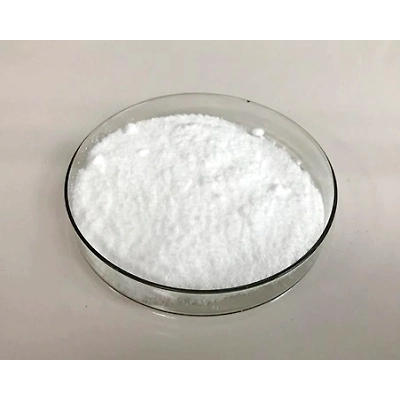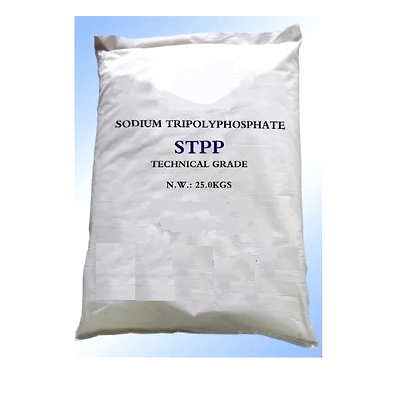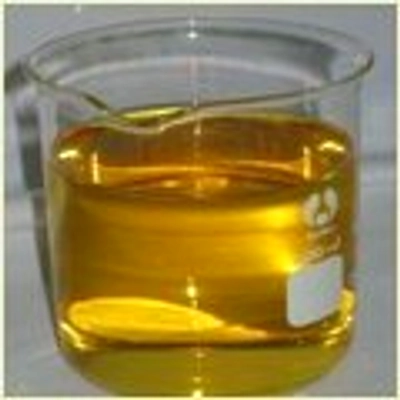Soda Ash Light
SODA ASH LIGHT
HS Code: 28362090
Sodium carbonate
Sodium carbonate, Na?CO?·10H?O, is the inorganic compound with the formula Na?CO? and its various hydrates. All forms are white, odourless, water-soluble salts that yield moderately alkaline solutions in water. Historically, it was extracted from the ashes of plants growing in sodium-rich soils.
Formula: Na2CO3
Molar mass: 105.9888 g/mol
Density: 2.54 g/cm³
Melting point: 851 °C
Boiling point: 1,600 °C
ChemSpider ID: 9916
Soluble in: Water
Description
Light Soda Ash is an important basic industrial alkali chemical used in soap and detergents, pulp and paper, iron and steel, aluminium cleaning compounds, water softening and dyeing, in fiber reactive dyes, effluent treatment and production of chemicals.
Uses
Soda ash is most commonly used in:
Manufacture of glass, where it reduces the melting temperature of the sand used in
glass formation and helps in the 'workability' or shaping of glass articles such as tableware and float glass, Making soaps and detergents, where it is employed as a builder, or filler, to give a smoother surface, Production of chemicals such as sodium silicate, sodium bicarbonate and per carbonate, and sodium chromate and dichromate, Pulp and paper manufacture, water treatment, effluent treatment, metallurgy and drugs.
Glass: The glass industry is a large consumer sector of soda ash consumption per ton of glass is 0.2T.
Detergent : It is used as detergent in wool rinsing medicine and tanning.
Printing and dyeing : Printing and Dyeing industry is used as a water softener.
Buffer: As buffering agent, neutralize and dough improver it can be used for pastry and noodle food and can be used appropriately according to production needs
ALPHOX 200
ALPHOX 200
Minimum Order Quantity 200 Kg
Alphox - 200 : Chemically the Alphox 200 is ethylene oxide condensate of alkyl phenol. Alphox 200 is
Purity % 99%
Packaging Details 50 Kg / 200 kGS
Synonyms
Alphox - 200 : Chemically the Alphox 200 is ethylene oxide condensate of alkyl phenol. Alphox 200 is
Chemical Formula
Alphox - 200 : Chemically the Alphox 200 is ethylene oxide condensate of alkyl phenol. Alphox 200 is
Alphox - 200 : Chemically the Alphox 200 is ethylene oxide condensate of alkyl phenol. Alphox 200 is having stunning properties such as colourless liquid soluble in water, vegetable oil, alcohol, Glyc Read More.. ... Alphox 200 is also used in liquid detergent with softeners.
AOS Liquid
AOS LIQUID
AOS PASTE
AOS POWDER
Alpha Olefin Sulphonates - AOS
HS CODE 34021190
We are dealing AOS Liquid, AOS Phaste international accepting brand.
Packaging Size: 50/300 Kgs
Brand: Godrej
Grade :Industrial
Packaging Form: Barrel
Packaging Type :HDPE Barrel
Is It Organic: Organic
Minimum Order Quantity: 50 Kg
AOS Phaste
AOS Paste, also known as Alpha Olefin Sulfonate (AOS) Powder, is a chemical compound with the CAS number 68439-57-6. Its molecular formula is R-CH=CH-(CH2)n-SO3Na, where R represents a C14-16 alkyl group. AOS is an anionic surfactant that is commonly used in various applications, including as a detergent, emulsifier, and wetting agent. It is known for its excellent foaming properties, mildness to the skin, and compatibility with other surfactants. AOS paste is typically available in a powder form and has a white to off-white appearance. It is soluble in water and has a pH range of 11-13 in a 10% aqueous solution.
Liquid Soap
LIQUID SOAP
Pine Oil
PINE OIL
SLS Powder
SLS Powder
Soda Ash Dense
SODA ASH DENSE
Sodium Silicate
SODIUM SILICATE
Hs Code:28391900
Chemical Formula:Na2SiO3
Sodium Sulphate
SODIUM SULPHATE
Sodium Try Poly Phosphate
SODIUM TRIPOLYPHOSPHATE - STPP
Trisodium Phosphate
Trisodium phosphate is the inorganic compound with the chemical formula Na?PO?. It is a white, granular or crystalline solid, highly soluble in water, producing an alkaline solution. TSP is used as a cleaning agent, builder, lubricant, food additive, stain remover, and degreaser.
Acid Slurry
ACID SLURRY
HS CODE NO 34029099
Acid Slurry OR LABSA
We are one of the Trader of Labsa, Keeping in mind the requirements of Powder/Liquid detergent industry. Liquid Detergent industry wants thick viscous liquids with yellow to dark brownish colors. We also formulate special grades to cater to this segment keeping in mind their requirements and price constraints.
Uses:
• It’s a major industrial surfactant used in the formulations of various types of household & industrial detergents. All domestic detergent powders, cakes, liquids, household cleaners, cleaning powders are made from this. Its called workhorse of detergents industry. As of today, detergent industry is totally dependant on this surfactant. Its also used as emulsifier in agricultural pesticides/herbicides.
• It finds applications in textiles as washing and mercerizing aid
• Its used in paints as wetting and dispersing agent
• Its also used in the manufacturing of textile auxiliaries
Grades :
We trading various grades formulated for specific end uses:
Top grade is of 90% strength and is a very light coloured product, suitable for white and coloured detergent powders and liquids. It also provides brilliance to coloured detergent powders, liquids and cakes.
• Lower grades of acid slurry are formulated specially for use in liquid detergents as per customers requirements of parameters i.e quality, price and colour of liquid detergents required of it.
Specifications of standard product is as follows :
• Product : Acid Slurry/LABSA
• Appearance: Light Brownish transparent viscous liquid
• Solubility: Soluble in water
• Active Matter: 90 +-2%
• Free Sulphuric Acid: 5-7%
• Un sulfonated matter: 0.5 – 1.5%
• Moisture: 2-3 %
Special Grades : Various grades of Acid slurry keeping in mind the requirements of liquid detergent industry. This segment of industry wants thick viscous liquids with yellow to dark brownish colours. We formulate various grades to cater to this segment keeping in mind their requirements and price constraints.
Packing:
We offer this product in convenient packings as follows :
• 50Kg/60 Kg and 200 Kg HDPE carboys/Barrel




